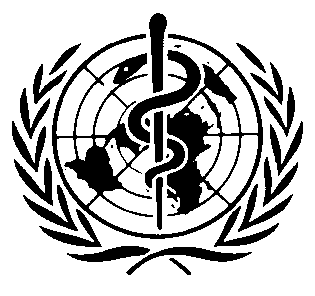International Chemical Safety Cards
| HYDROGEN SELENIDE | ICSC: 0284 |




H2Se Molecular mass: 81.0 (cylinder) 
 ICSC # 0284
ICSC # 0284CAS # 7783-07-5 RTECS # MX1050000 UN # 2202 EC # 034-002-00-8 September 20, 1993 Peer reviewed |
| TYPES OF HAZARD/ EXPOSURE | ACUTE HAZARDS/ SYMPTOMS | PREVENTION |
FIRST AID/ FIRE FIGHTING |
| FIRE |
Extremely flammable.
|
NO open flames, NO sparks, and NO smoking.
|
Shut off supply; if not possible and no risk to surroundings, let the fire burn itself out; in other cases extinguish with
powder, carbon dioxide.
|
| EXPLOSION |
Gas/air mixtures are explosive.
|
Closed system, ventilation, explosion-proof electrical equipment and lighting.
|
In case of fire: keep cylinder cool by spraying with water.
Combat fire from a sheltered position.
|
| EXPOSURE |
|
STRICT HYGIENE!
|
|
| •INHALATION |
Burning sensation.
Cough.
Laboured breathing.
Nausea.
Sore throat.
Weakness.
|
Closed system and ventilation.
|
Fresh air, rest.
Half-upright position.
Artificial respiration if indicated.
Refer for medical attention.
|
| •SKIN |
ON CONTACT WITH LIQUID: FROSTBITE.
|
Cold-insulating gloves.
|
ON FROSTBITE: rinse with plenty of water, do NOT remove clothes.
|
| •EYES |
Redness.
Pain.
|
Safety goggles
or face shield.
|
First rinse with plenty of water for several minutes (remove contact lenses if easily possible), then take to a doctor.
|
| •INGESTION |
|
|
|
| SPILLAGE DISPOSAL | STORAGE | PACKAGING & LABELLING | ||
|
Evacuate danger area!
Consult an expert!
Ventilation.
NEVER direct water jet on liquid
(extra personal protection: complete protective clothing including self-contained breathing apparatus).
|
Fireproof.
Separated from
strong oxidants.
Cool.
|
Note: A T symbol R: 23/25-33 S: 20/21-28-44 UN Hazard Class: 2.3 UN Subsidiary Risks: 2.1 |
||
| SEE IMPORTANT INFORMATION ON BACK | ||||
|
||||